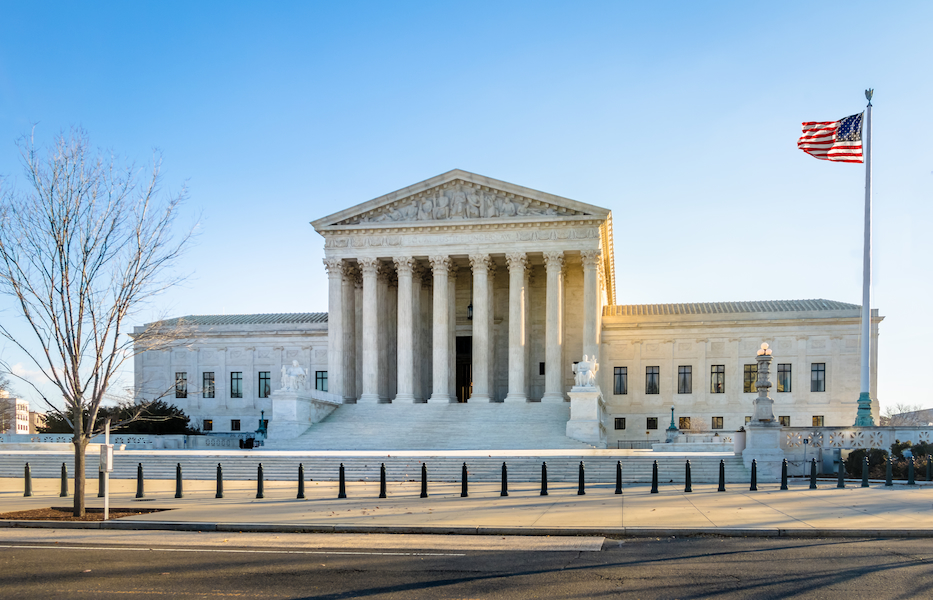Parents Involved in Community Schools v. Seattle: The End of Race Based School Populations

In Parents Involved in Community Schools v. Seattle, 551 U.S. 701 (2007), a divided U.S. Supreme Court held that public school districts can’t use race as the sole determining factor for assigning students to schools, even if they are doing so to achieve racial diversity. According to Chief Justice John Roberts, “The way to stop discrimination on the basis of race is to stop discriminating on the basis of race.”
The Facts of Parents Involved in Community Schools v. Seattle
The lawsuit challenged the student assignment plans adopted by two school districts, both of which relied on race to determine which schools certain children may attend. The Seattle district, which had never operated legally segregated schools or been subject to court-ordered desegregation, classified children as white or nonwhite, and used the racial classifications as a “tiebreaker” to allocate slots in particular high schools. In Kentucky, the Jefferson County district was subject to a desegregation decree until 2000. In 2001, the district adopted its plan, which classified students as black or “other” in order to make certain elementary school assignments and to rule on transfer requests.
An organization of Seattle parents (Parents Involved) and the mother of a Jefferson County student (Joshua), whose children were or could be assigned under the foregoing plans, alleged that allocating children to different public schools based solely on their race violated the Fourteenth Amendment ’s equal protection guarantee. In the Seattle case, the District Court granted the school district summary judgment, finding that its plan survived strict scrutiny on the federal constitutional claim because it was narrowly tailored to serve a compelling government interest. The Ninth Circuit affirmed. In the Jefferson County case, the District Court found that the school district had asserted a compelling interest in maintaining racially diverse schools, and that its plan was, in all relevant respects, narrowly tailored to serve that interest. The Sixth Circuit affirmed.
The Court’s Decision on Parents Involved in Community Schools v. Seattle
By a vote of 5-4, the Court concluded that the District’s racial tiebreaker plan violated the Equal Protection Clause of the Fourteenth Amendment. Chief Justice John Roberts authored a plurality opinion.
In the first part of the opinion, the Chief Justice noted that “when the government distributes burdens or benefits on the basis of individual racial classifications, that action is reviewed under strict scrutiny.” As he further explained, “racial classifications are simply too pernicious to permit any but the most exact connection between justification and classification.” Accordingly, in order to be constitutional, the student assignment plans must be narrowly tailored to achieve a compelling government interest.
The Court ultimately concluded that “the school districts have not carried their heavy burden of showing that the interest they seek to achieve justifies the extreme means they have chosen—discriminating among individual students based on race by relying upon racial classifications in making school assignments.”
A plurality of the Court rejected the notion that racial balancing qualified as a compelling state interest. “Racial balancing is not transformed from ‘patently unconstitutional’ to a compelling state interest simply by relabeling it ‘racial diversity,'” Chief Justice Roberts explained.
Justice Anthony Kennedy did not join that part of the opinion. He argued that achieving a diverse student body could be a compelling government interest in some cases, although he agreed that the plans at issue in the case were unconstitutional. In his opinion, Justice Kennedy stated:
A compelling interest exists in avoiding racial isolation, an interest that a school district, in its discretion and expertise, may choose to pursue. Likewise, a district may consider it a compelling interest to achieve a diverse student population. Race may be one component of that diversity, but other demographic factors, plus special talents and needs, should also be considered.
Previous Articles
SCOTUS Wraps Up Oral Arguments for the Term
by DONALD SCARINCI on May 17, 2022
The U.S. Supreme Court has concluded its oral arguments for the October 2021 Term. The justices hea...
SCOTUS Rules Censure of Elected Board Member Didn’t Violate First Amendment
by DONALD SCARINCI on May 10, 2022
In Houston Community College System v. Wilson, 595 U.S. ____ (2022), the U.S. Supreme Court held th...
Supreme Court Breach Is Not the First Involving Roe v. Wade
by DONALD SCARINCI on
The recent disclosure of Justice Samuel Alito’s decision purporting to overturn Roe v. Wade is ar...
The Amendments
-
Amendment1
- Establishment ClauseFree Exercise Clause
- Freedom of Speech
- Freedoms of Press
- Freedom of Assembly, and Petitition
-
Amendment2
- The Right to Bear Arms
-
Amendment4
- Unreasonable Searches and Seizures
-
Amendment5
- Due Process
- Eminent Domain
- Rights of Criminal Defendants
Preamble to the Bill of Rights
Congress of the United States begun and held at the City of New-York, on Wednesday the fourth of March, one thousand seven hundred and eighty nine.
THE Conventions of a number of the States, having at the time of their adopting the Constitution, expressed a desire, in order to prevent misconstruction or abuse of its powers, that further declaratory and restrictive clauses should be added: And as extending the ground of public confidence in the Government, will best ensure the beneficent ends of its institution.




